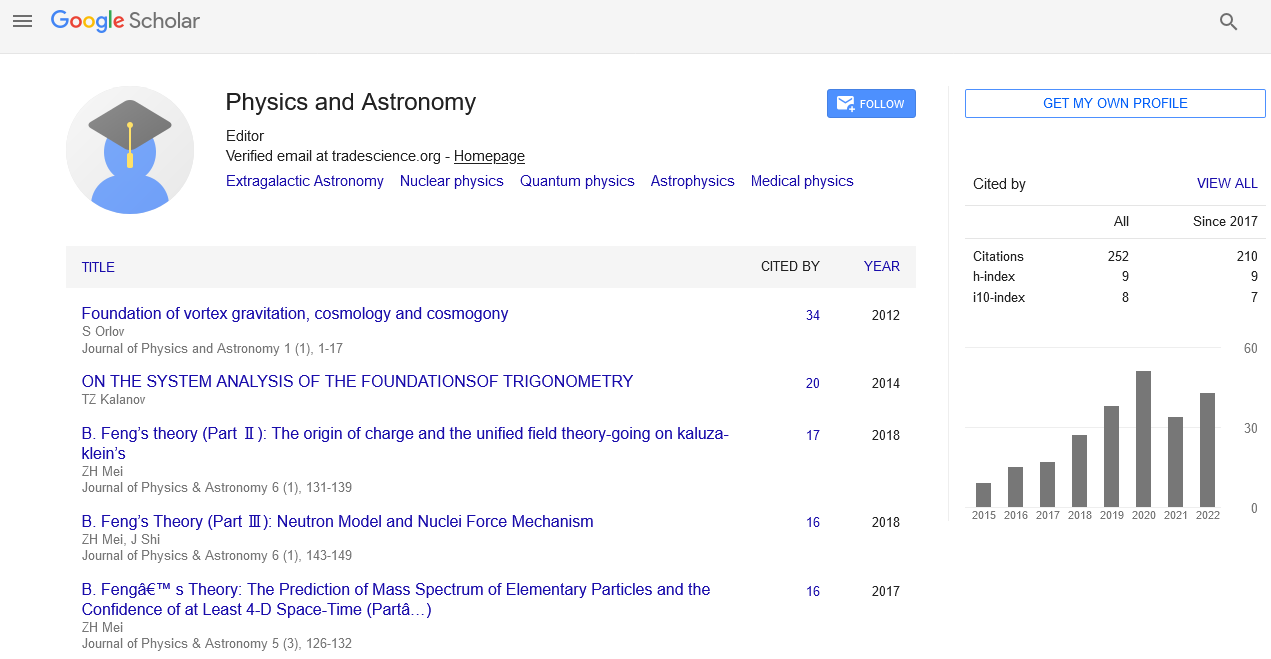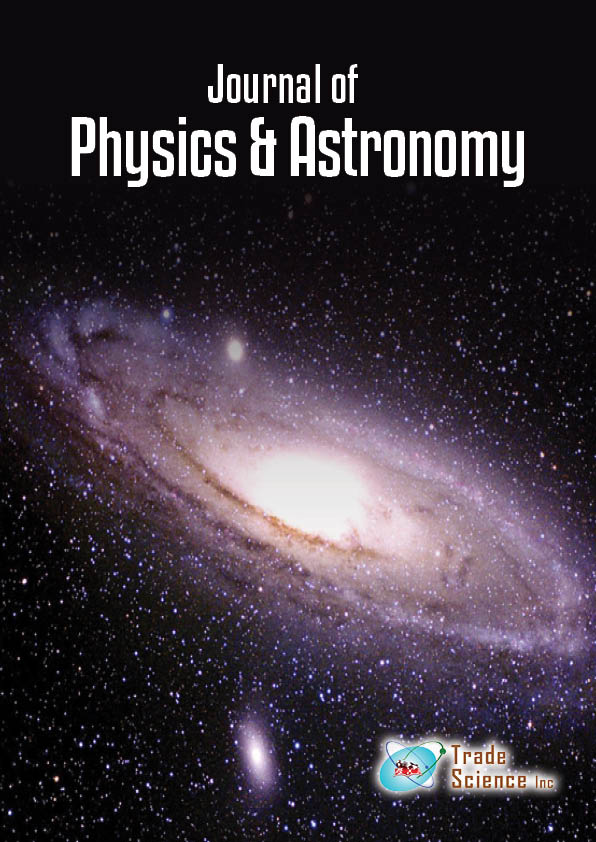Letter to the Editor
, Volume: 6( 2)The Big Bang â An Alternative Theory
- *Correspondence:
- Gerald Kessler , 9 Edward Bernstein, Tel Aviv, 6340809, Israel, Tel: 972 506368752; E-Mail: jerryta@bezeqint.net
Received: June 21, 2018; Accepted: July 4, 2018; Published: July 11, 2018
Citation: Gerald Kessler. The Big Bang ? an Alternative Theory. J Phys Astron. 2018; 6(2):156
Abstract
Introduction
The discovery of the expansion of the universe led to the realization that by extrapolating back in time the universe becomes smaller and smaller and ultimately is reduced to an extremely small and dense entity, call it ‘S’ (singularity) composed of the compression of trillions of stars and many billions of galaxies. Presumably, all this matter was held together by the enormous force of gravity. However, somehow this enormous ‘S’ broke up and its contents were dispersed in all directions. The question is what brought about this break-up? Inflation theory does not provide an explanation but merely posits a theory that if we accept that the contents of ‘S’ expanded initially faster than the speed of light, this would be compatible with some other theories which themselves are not all universally accepted.
Now let us imagine an alternative scenario where two equally massive ‘S’ were approaching each other. No one knows what would happen in this case. An ‘S’ resembles a black hole. Black holes are assumed to be in the center of each galaxy and are thought to be composed of matter compressed to such an extent that atoms no longer exist and have been compressed to their component parts (protons, neutrons etc.) and further compressed to sub-atomic particles (quarks etc.) Interaction between black holes and subsequent merging, was reported in 2015 and 2017 but such interactions are not similar to the clash of two massive ‘S’, first because the size of each ‘S’ is many thousands of times greater than the estimated 30 solar mass or less of the black holes described, and further the interaction was in each case of binary black holes revolving around each other presumably for some time and not by the sudden disruptive appearance of a new, moving, gigantic, approaching gravitational force. Even so, it may be noted, the merging of these black holes released enormous energy in what was considered a gravitational wave.
Assuming that two massive ‘S’ were approaching each other, could the gravitational force in each ‘S’ be weakened by the competing approaching gravitational force pulling in a different direction? Would it be possible, then, that with the disruptive and changing gravitational forces, atoms could be reconstituted producing atomic reactions and nuclear fusion producing nuclear explosions and kinetic energy? The process would be amplified as the two ‘S’ move closer. With increasing energy release from each ‘S’, the gravitational force within each ‘S’ would be progressively weaker and ultimately both ‘S’ could break apart, associated with the combined nuclear explosions derived from the equivalent mass of many trillions of stars – i.e. the big bang.
The above is only speculation but intuitively it is not more difficult to imagine than the inflation theory.
It is worth adding some implications of the hypothesis presented. First, the existence of two separate ‘S’ approaching each other indicates the existence of an astronomical entity resembling our known universe, so far removed that its properties would be imperceptible and its activities and movement independent of our universe until it moves closer. If other such entities, conceivably many, exist then the cosmic clash proposed above may not be the first nor the last, albeit extremely rare by human standards.

